Search
Remove Ads
Advertisement
Summary 
Loading AI-generated summary based on World History Encyclopedia articles ...
Search Results
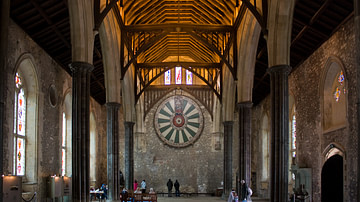
Definition
Great Hall
The Great Hall was the architectural centrepiece of a medieval castle's interior and functioned as the social and administrative hub of the castle and its estates. With everyone dining and sleeping in the hall in its early days, the room...

Image
Great Hall & Lesser Hall, Chepstow Castle
The Great Hall and Lesser Hall at Chepstow Castle in Wales. The halls contained the domestic facilities of the castle. The castle was first built c. 1067 CE by Earl William FitzOsbern, and then extended from c. 1190 CE by Sir William Marshal...
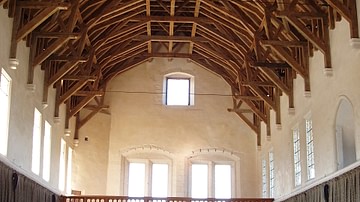
Image
Great Hall, Stirling Castle
The Great Hall of Stirling Castle, Scotland. Built c. 1500 during the reign of James IV of Scotland (r. 1488-1513). The hall was destroyed but has since been restored to its original form, including the hammer-beam ceiling.
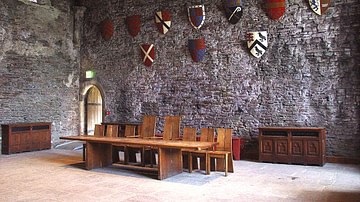
Image
Great Hall, Caerphilly Castle
The Great Hall of Caerphilly Castle, Wales. 13th century CE.

Image
Great Hall, Winchester Castle
The 11th century CE Great Hall of Winchester Castle, England
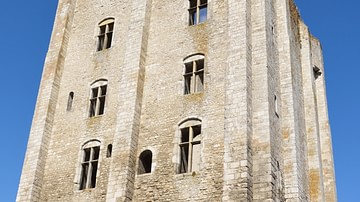
Definition
Castle Keep - The Safest Place in a Medieval Castle
The keep, located within a courtyard and surrounded by a curtain wall, was the heart of a medieval castle. The hall keep was a low building while the tower keep or donjon could have three or more floors and be topped by turrets and battlements...
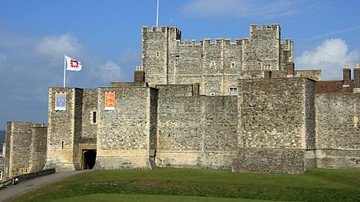
Definition
Medieval Castle
Medieval castles were built from the 11th century CE for rulers to demonstrate their wealth and power to the local populace, to provide a place of defence and safe retreat in the case of attack, defend strategically important sites like river...
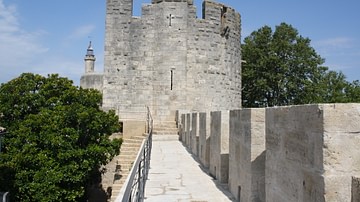
Article
An Illustrated Glossary of Castle Architecture
Alure (Wall Walk) The walkway along the higher and interior part of a wall which often gives access to the higher floors of towers within the wall. Typically protected by battlements. Apse A semicircular projecting part of a building...
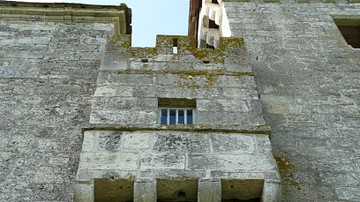
Article
Toilets in a Medieval Castle
The medieval toilet or latrine, then called a privy or garderobe, was a primitive affair, but in a castle, one might find a little more comfort and certainly a great deal more design effort than had been invested elsewhere. Practicality...

Definition
Beer Hall Putsch
The Beer Hall Putsch or Munich Putsch was a failed attempt by the German National Socialist (Nazi) Party to seize power, first of the Bavarian and then the German federal government on 8-9 November 1923. The coup, led by Adolf Hitler (1889-1945...